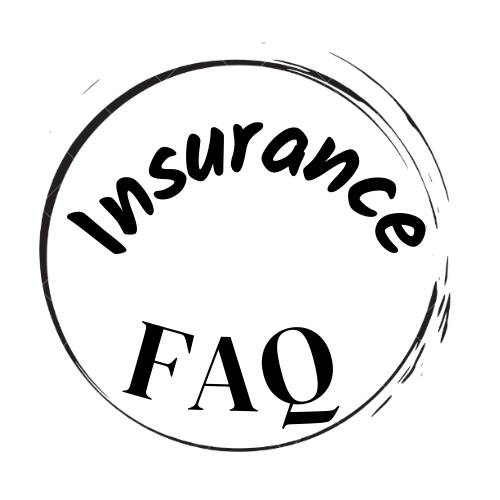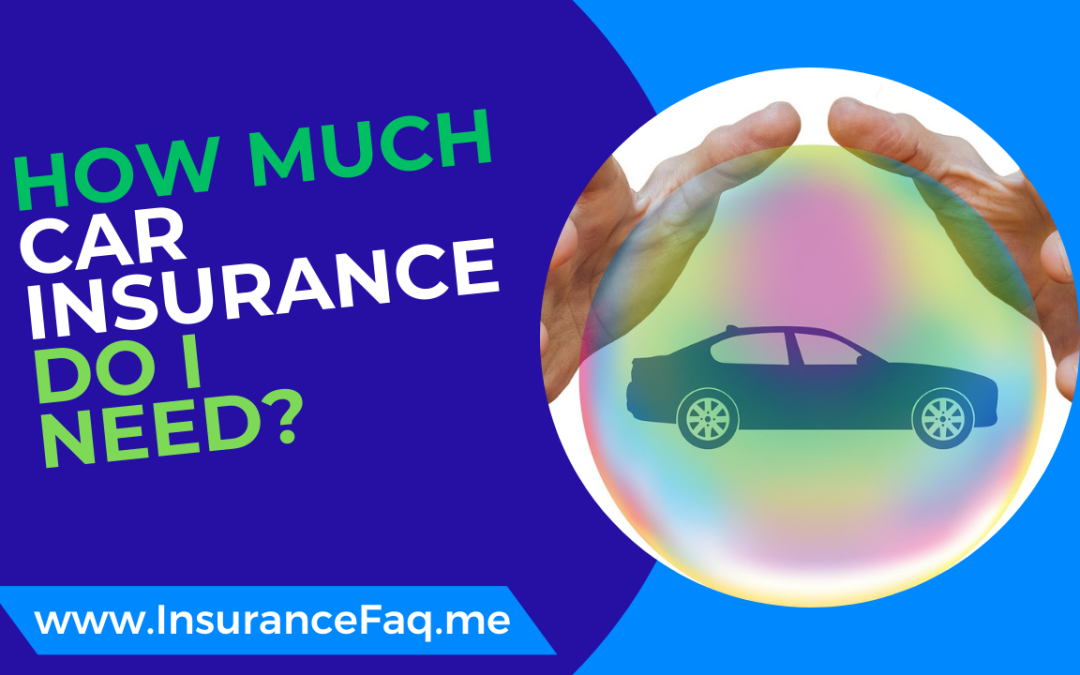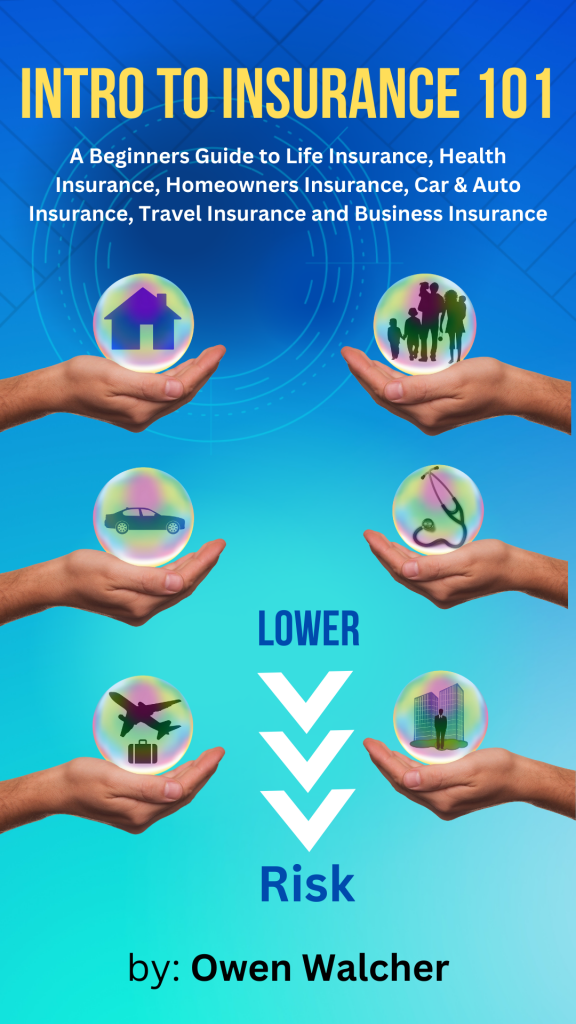Starting with these steps can help you determine how much car insurance you need:
Find your state’s minimum coverage requirements.
If you have a lease or loan, check your lender’s requirements.
Determine the value of your assets
This may include your car, savings, home, business, or retirement and investment funds.
Why do your assets matter? If you’re involved in an incident and are underinsured, meaning the damages you are responsible for exceed your insurance coverage, a court may order you to make up the difference. The cost of additional insurance coverage can be minimal compared to the financial impact of an expensive accident.
Factors That Affect Car Insurance Rates
Here are nine factors that affect how much car insurance do I need.
Driving record
If you’ve received a speeding ticket or been in an accident within the past three to five years, insurers view that as an indication of risky driving behavior, and they will typically raise your car insurance rates because of it. On the other hand, drivers with an accident-free record may receive a discount on their policy because they pose a lower risk. The average annual cost of car insurance for drivers with a clean record is $1,547 per year, according to our rate analysis. A speeding ticket increases the average annual rate to $1,935, while a single accident raises it to $2,212. Having a DUI on your record is even more expensive at $2,675 on average.
Annual mileage
The likelihood of getting in a car accident increases the more you drive. This is why high-mileage drivers often pay more for car insurance than low-mileage drivers. If there’s been a recent change in your driving habits, you should contact your agent to update your mileage estimates accordingly as it could save you money.
Vehicle make and model
Generally speaking, non-luxury cars and SUVs are cheaper to insure than luxury vehicles because the cost to repair or replace these vehicles is lower. That said, auto insurance companies also look at a vehicle’s theft rate, safety features, and how a type of vehicle is typically driven. For instance, a sports car is usually pricier to insure than a minivan or family sedan.
Credit score
People with good credit aren’t necessarily better drivers, but insurers view them as more financially responsible, and that responsibility is rewarded with better auto insurance rates. On average, drivers with good credit pay about 22% less than those with fair credit, according to our analysis of rates. That’s a difference of about $337 per year. Many insurers also use credit scores to calculate insurance scores to predict the likelihood a policyholder will file a claim.
Location
The risks associated with where you live can impact your car insurance costs. For example, drivers in large, high-traffic cities tend to pay more in premiums than those in rural areas due to there being more cars on the road and higher vandalism and theft rates.
Driver age
Younger drivers, especially teenagers, tend to have less experience behind the wheel than older drivers. Insurers relate inexperience to higher risk. Even if you are an experienced driver, your rates will likely go up if you add a younger driver to your policy. On average, 35-year-old drivers can pay 20% to 25% less than 25-year-old drivers, according to our analysis of car insurance rates.
Vehicle ownership
If you are financing your vehicle, your lender will likely require you to carry collision and comprehensive coverage until the loan has been paid off. If you lease your vehicle, similar coverage requirements may apply.
Marital status
In general, premiums are typically lower for married drivers than their single counterparts. In addition, combining your auto insurance policies may also make you eligible for a multi-car discount. However, if either you or your partner has a less-than-perfect driving record, you may not see any savings from sharing a policy. It’s important to note that some states and insurers require spouses who live together to share a policy or be disclosed on each other’s policies, unless certain criteria are met.
Safety features
You may qualify for savings on your insurance rate if your car has driver-assistance features that can reduce the chance of an accident, such as a collision-avoidance system or an anti-theft system.


